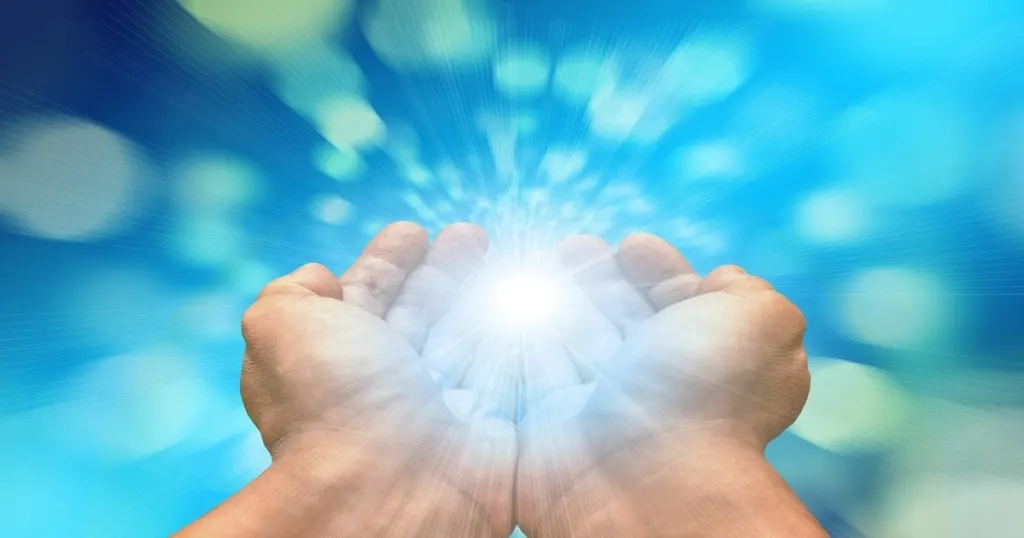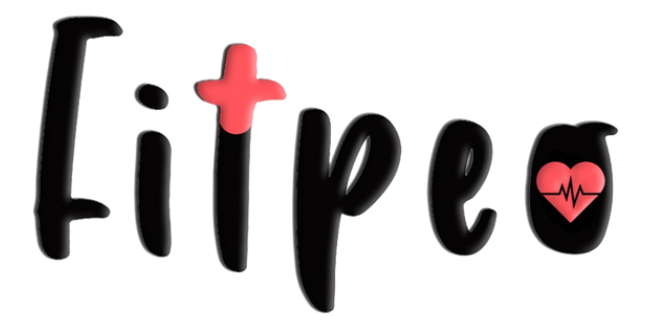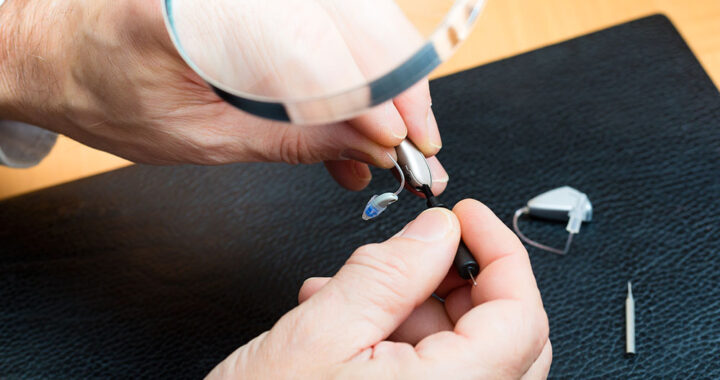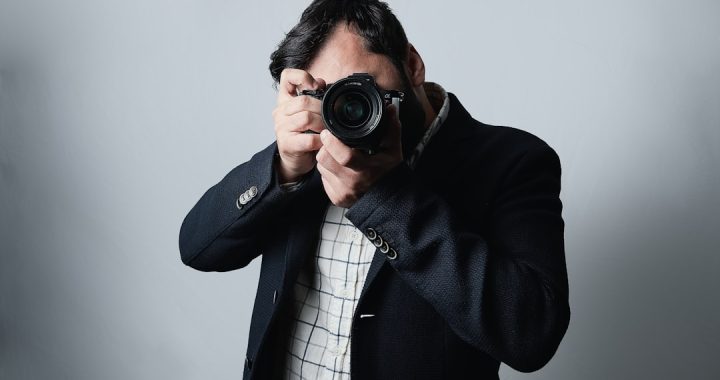How Quantum Touch and Reiki Compare: Understanding the Differences

Introduction
More and more individuals are turning to energy healing as a means to enhance their mental, emotional, and spiritual health, and this trend is expected to continue in the years to come. Energy healing modalities like Quantum Touch and Reiki share many similarities in their approaches to helping the body restore health and harmony. There are, however, important distinctions between the two that may influence which one is better suited to a certain person’s circumstances. In this post, we will compare and contrast Quantum Touch and Reiki so that you can choose the method that best fits your needs.
Understanding Quantum Touch

Richard Gordon created Quantum Touch, a form of vibrational touch treatment, in the 1970s.In 1999, he released a book on the topic titled Quantum-Touch: The Power to Heal. The principle of Quantum Touch is that all matter is energy vibrating at various rates. The practitioner can boost their own vibration using basic breathing and body awareness exercises, and then transfer it to the recipient through touch. This provides a resonant impact that encourages the body to mend itself.
How it works
Practitioners of Quantum Touch boost their own energy levels and channel it towards the client through deliberate breathing and mental imagery. They use touch to promote healing and will physically place their hands on or near a client’s body. The therapist’s vibration is said to entrain the patient’s, causing the latter’s energy field to open up and facilitate recovery.
Benefits
Pain, inflammation, and tension may all benefit from Quantum Touch’s soothing effects. Additionally, it can boost immunity, increase blood flow, and induce a state of calmness.
Techniques used
Using the client’s intention to direct the practitioner’s energy into the area of most need is the “Core Transformation,” the central technique in Quantum Touch. The practitioner may also use the “Supercharging” technique, wherein additional energy is channelled into the client’s energy field, or the “Chakra Connection” method, wherein the practitioner focuses on restoring harmony to the body’s seven primary chakras.
Understanding Reiki

Mikao Usui, a Japanese Buddhist, created the Reiki system of spiritual healing in the early 20th century. After some time spent fasting and meditating on a mountain, he uncovered this method. In 1922, he released Reiki Ryoho Hikkei, a manual detailing the method. The core tenet of Reiki is the existence of a universal healing energy that may be channelled by anyone who has been properly attuned to it. The practitioner channels this energy into the recipient by contact or at a distance using symbols, intention, and hand postures.
How it works
Reiki practitioners attune their hands to the client and transmit the energy of life. Placement of the practitioner’s hands on or near the client’s body allows the energy to travel to the area of the body that requires it most. According to proponents, Reiki can help bring about inner peace and harmony by acting on the physical, emotional, and spiritual planes simultaneously.
Benefits
Many people have reported feeling less stressed, anxious, and depressed after receiving Reiki treatment. It also has the ability to alleviate pain, promote restful sleep, and boost general health.
Techniques used
When a Reiki practitioner rests their hands on or near a client’s body, they are said to be “laying on of hands,” and this is the central practise of Reiki. Chakra balancing, in which the practitioner attempts to align the chakras for maximum energy flow, and distant healing are two other ways.
Similarities between Quantum Touch and Reiki

Despite their differences, Quantum Touch and Reiki have a lot in common philosophically and practically:
Both are founded on the idea that there is an underlying, vital energy that permeates all forms of life and may be channelled for the purpose of enhancing health and well-being.
Quantum Touch and Reiki are two forms of energy healing that share a common goal: improving the body’s natural ability to heal itself by increasing the flow of chi.
Both approaches emphasise the interconnectedness of all components of a person and seek to facilitate healing on multiple levels (physical, emotional, and spiritual).
Differences between Quantum Touch and Reiki
While Quantum Touch and Reiki share some similarities, there are also key distinctions between the two that could affect which approach is appropriate for a given individual:
Reiki has its roots in ancient Japanese healing practises, while Quantum Touch was developed in the 1970s by Richard Gordon.
While both Quantum Touch and Reiki utilise hands-on or hands-off procedures to facilitate healing, Reiki’s emphasis on channelling life force energy directly through the hands sets it apart from the former.
Both Quantum Touch and Reiki call for their practitioners to undergo training and become certified, however the specifics of this process might vary widely depending on the modality.
Which one should you choose?
Ultimately, one’s own choices, aims, and beliefs will determine whether one chooses Quantum Touch or Reiki. The following are some things to think about before making a final choice:
Things to think about if you’re trying to decide between Quantum Touch and Reiki Preferences and convictions Which practice’s tenets and philosophy speak most strongly to you?
Why you want to get energy healing and what you want to accomplish: Do you need help getting through mental anguish, emotional turmoil, or spiritual impasses? Knowing your major objectives can help you choose the best course of action.
Conclusion
In conclusion, both Quantum Touch and Reiki can improve your mental, emotional, and spiritual health in powerful ways. There are certain commonalities, but there are also important distinctions in terms of approach, methodology, and background. Ultimately, one’s own interests, aims, and beliefs will determine the practise one selects.
Do your homework and find a qualified practitioner to help you learn Quantum Touch or Reiki if you’re interested in trying it. Both fields demand formal education and certification, so pick a professional who has met these requirements.
Keep in mind that if you’re experiencing any physical or mental health issues, energy healing is not a replacement for conventional medical care, and you should see a doctor. Energy healing is effective on its own, but when combined with conventional therapy, it can help the body achieve a state of complete health and equilibrium.

 Managing Peripheral Diabetic Neuropathy: Holistic Approaches and Treatment Options
Managing Peripheral Diabetic Neuropathy: Holistic Approaches and Treatment Options  All You Get To Know About The Best Dentist Hagerstown Md Out There
All You Get To Know About The Best Dentist Hagerstown Md Out There  FitPeo: An App that Helps You Record and Manage Your Family Health Data
FitPeo: An App that Helps You Record and Manage Your Family Health Data  Crazy Nutrition Mass Gainer Review: The Ultimate Guide to Building Muscle
Crazy Nutrition Mass Gainer Review: The Ultimate Guide to Building Muscle  How to Use Laxatives Safely and Effectively for Weight Loss
How to Use Laxatives Safely and Effectively for Weight Loss  Hearing Aid Maintenance – Tips for Keeping Your Device in Top Shape
Hearing Aid Maintenance – Tips for Keeping Your Device in Top Shape  Is Sonic Rush Adventure the Best Nintendo DS Sonic Game? Detailed Analysis
Is Sonic Rush Adventure the Best Nintendo DS Sonic Game? Detailed Analysis  Is Goodmooddotcom com Legit or a Scam? Honest Breakdown Before You Use It
Is Goodmooddotcom com Legit or a Scam? Honest Breakdown Before You Use It  Golden Retriever Life Span: How Long Do They Live and Why?
Golden Retriever Life Span: How Long Do They Live and Why?  Tool Vest Explained: Why Professionals Prefer It Over Tool Belts
Tool Vest Explained: Why Professionals Prefer It Over Tool Belts